Page • Technical Details We investigate vibrational dynamics in electronic ground and excited states of gas phase and condensed phase systems using ultrafast infrared transient absorption spectroscopy. These experiments may utilize ultraviolet or narrowband infrared pump pulses to initiate the dynamics on an electronic excited or the electronic ground state of a...
Search
Uncertainty Quantification
Page • Figure 1 Our work in uncertainty quantification (UQ) includes a range of research activities having to do with the quantification of uncertainty in computational model inputs and outputs. The work involves a focus on the development of numerical methods and open source software for statistical learning from data, forward propagation...
Uncertainty Quantification in Chemical Systems with Reaction Mechanisms Employing Rate Rules
Post, January 16, 2014 • A team of researchers—Jens Prager, formerly at the CRF and presently at the engineering simulation software firm CD-adapco; Habib Najm and Khachik Sargsyan of the CRF; Cosmin Safta of Sandia’s Computer Sciences and Information Systems center; and William Pitz of Lawrence Livermore National Laboratory—have studied the impact of uncertainty of...
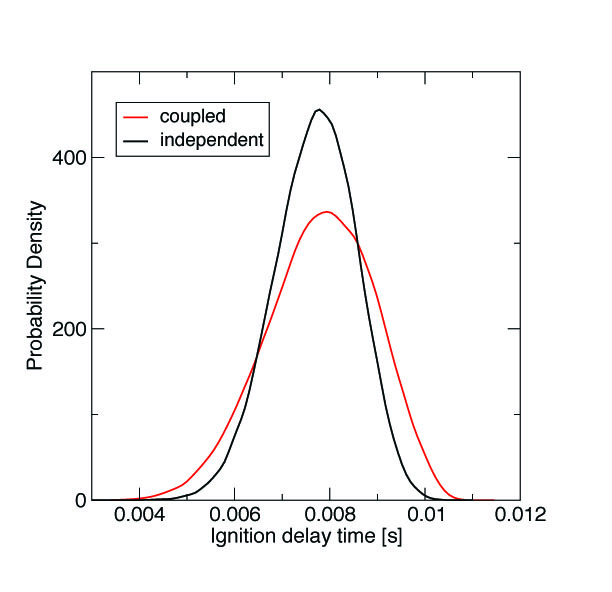
Understanding hazardous combustion byproducts reduces factors impacting climate change
Post, August 30, 2016 • Sandia researchers focus on soot, furans, oxygenated hydrocarbons By Michael Padilla Researchers at Sandia’s Combustion Research Facility are developing the understanding necessary to build cleaner combustion technologies that will in turn reduce climate impact. Their work focuses on understanding the oxidation chemistry of organic carbon species critical to many processes...
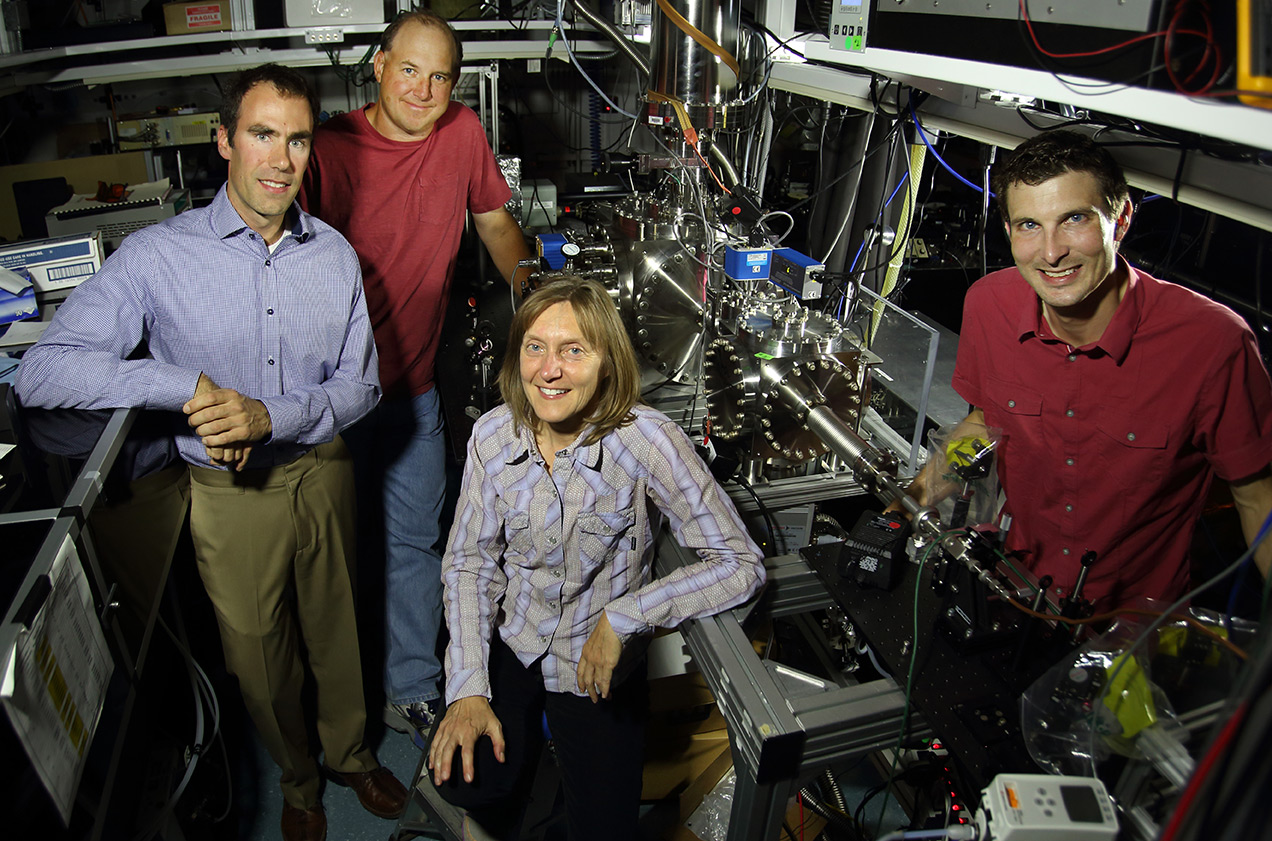
UQ Software
Page • Uncertainty Quantification Toolkit Overview The Uncertainty Quantification Toolkit (UQTk) is a lightweight open source C++ library, (available at http://www.sandia.gov/UQToolkit) primarily offering tools for the propagation of uncertain inputs and parameters through a computational model. Figure 1 UQTk allows other researchers to apply our algorithm UQ research to many other applications. It is well suited...
UTRC and CRF researchers discuss turbine engines
Post, June 11, 2012 • On April 23, a group of combustion researchers from the United Technologies Research Center (UTRC) visited the CRF. Led by manager Dr. Catalin Fotache, the UTRC researchers met with senior managers Art Pontau and Andy McIlroy, manager Daniel Dedrick, and others to speak about experimental diagnostics, modeling and simulation with...
VFP Professor Balint Sztaray Continues CRF Collaboration
Post, July 24, 2014 • Balint Sztaray, a professor of Chemistry at University of the Pacific Over the past two summers and a sabbatical semester in 2013, University of the Pacific (UOP) chemistry professor Balint Sztaray and his research group have been working with the CRF’s David Osborn on a project to improve the selectivity...
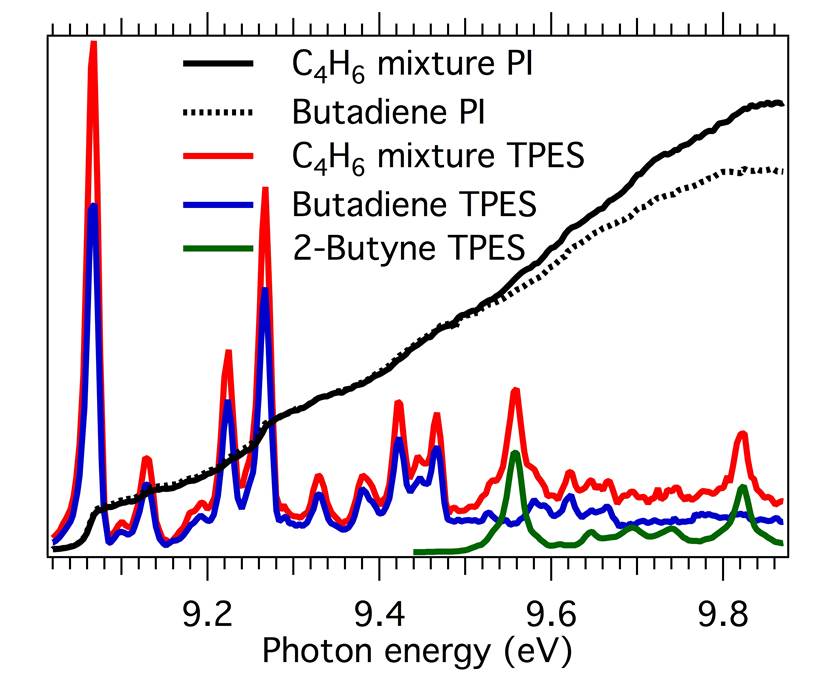
Visit
Page • We invite you to take a virtual tour of the CRF! Interested in visiting the Sandia California site in person? Visitors and potential collaborators are encouraged to explore the CRF’s research programs online before contacting the technical area manager to arrange a meeting. Click on image below for a more...
Vitalie Stavila
Staff Page • Principal Member of the Technical Staff. Visit my personal staff page here.
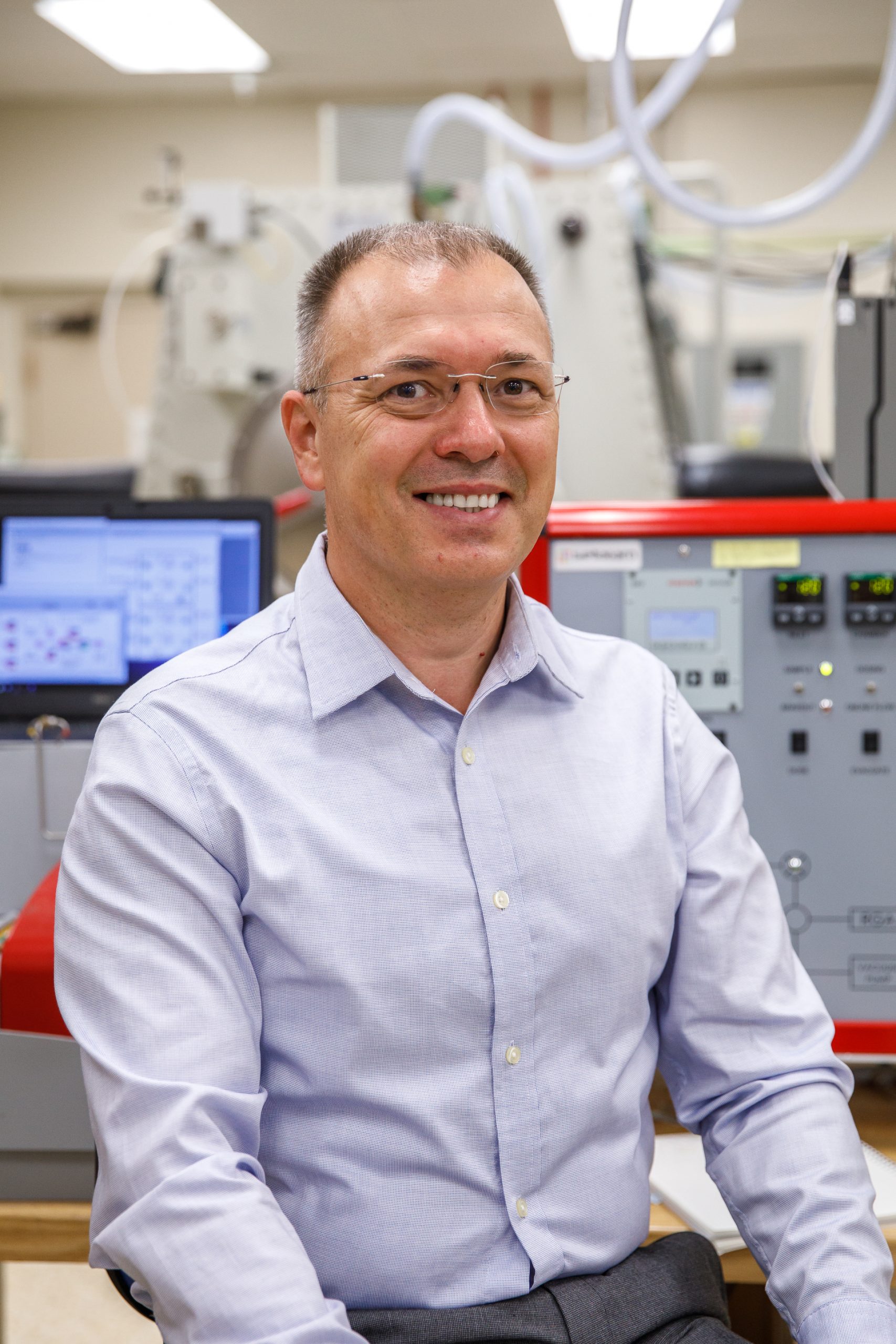
Watching molecules move
Post, September 29, 2017 • Velocity-Mapped Ion Imaging hits 30 years of research at SandiaBy Michael PadillaThirty years ago, David Chandler (8300) built an apparatus at Sandia’s Combustion Research Facility to image the fragments of a molecule as it fell apart. At the time, David had no idea what a tremendous impact his research would...

Wei Pan
Staff Page • Materials Physics. Biography Dr. Wei Pan is a Distinguished Member of the Technical Staff at Sandia National Laboratories. He obtained his Ph.D. degree in physics from Princeton University. He has made numerous seminal contributions to the field of many-particle physics in low dimensional electron systems (in particular novel fractional quantum...
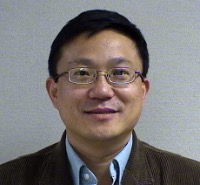
Widespread Hydrogen Fueling Infrastructure Goal of H2FIRST Project
Post, May 5, 2014 • As hydrogen fuel cell vehicles continue to roll out in increasing numbers, the infrastructure for fueling them must expand as well. To this end, a new project launched by the Energy Department and led by Sandia National Laboratories and the National Renewable Energy Laboratory (NREL) will work in support of...

Working Toward Success: A Look at the Engine Combustion Network
Post, October 12, 2012 • American industrialist Henry Ford once said, “If everyone is moving forward together, then success will take care of itself.” Ford was no doubt speaking on the basis of his business expertise but some 150 years later, his ideas of success are still in motion at the Combustion Research Facility (CRF)....
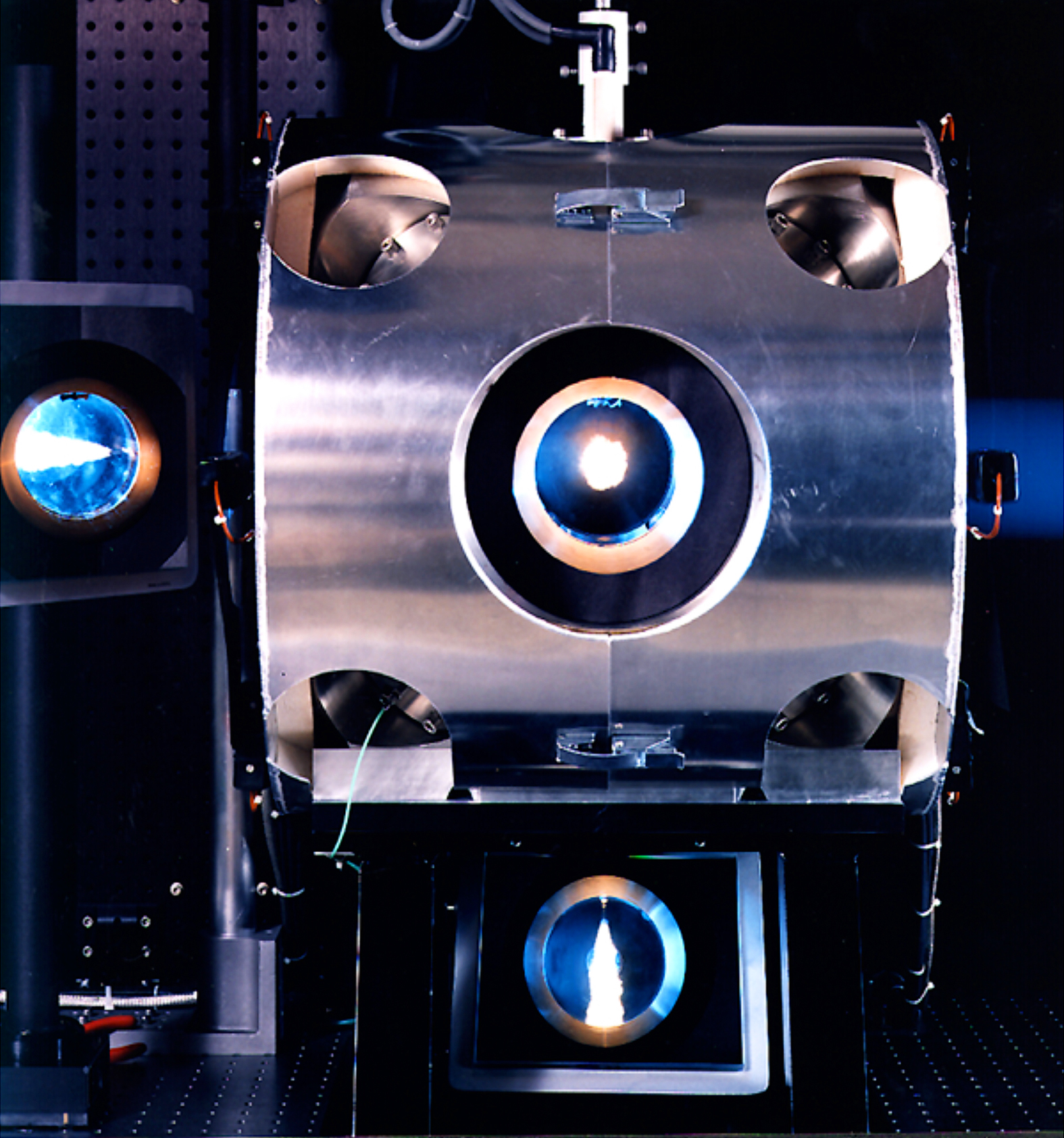
Working with the CRF
Page • As an Office of Science collaborative research facility, a key aspect of the Combustion Research Facility’s mission is to encourage the direct involvement of individuals, or “collaborators,” from the scientific community. The CRF hosts many collaborators each year, who work side-by-side with staff researchers to develop new research methods and...
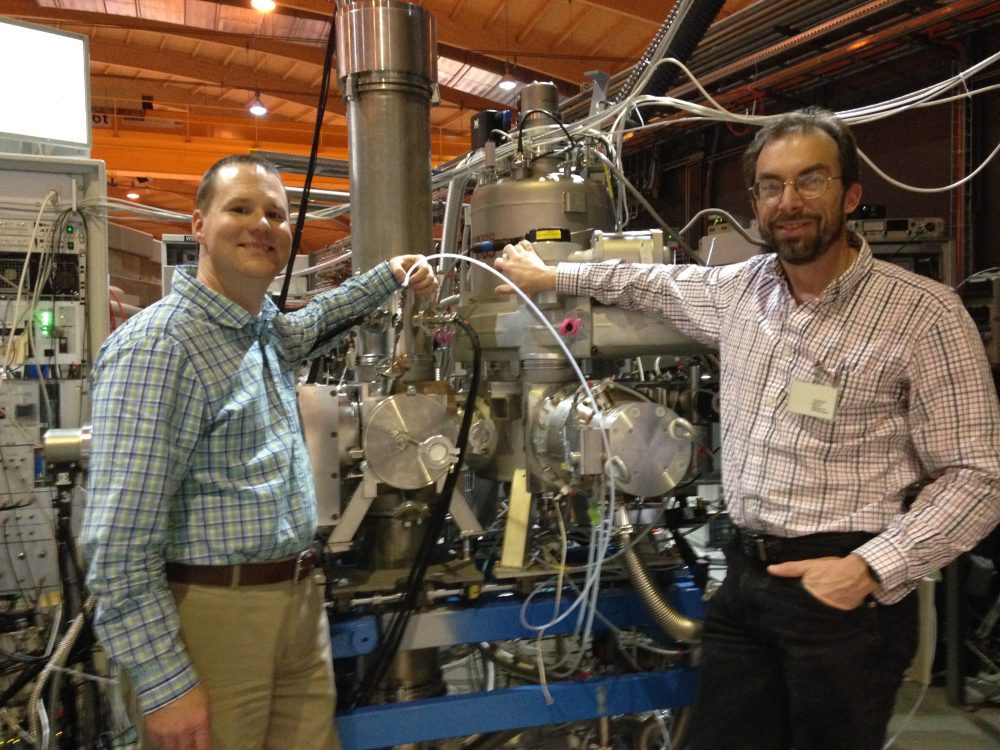
Results 276–289 of 289